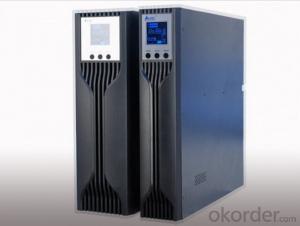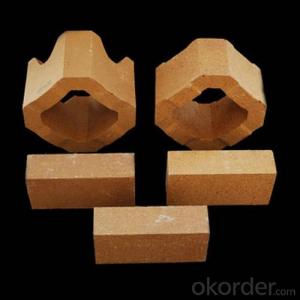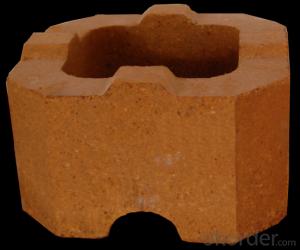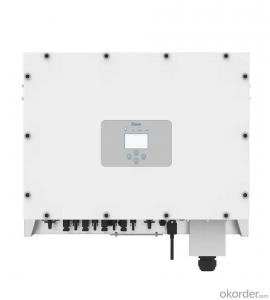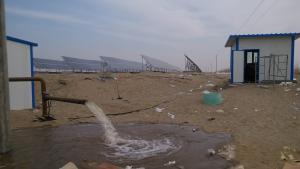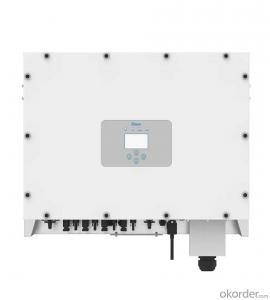Magnum Inverter Solar
Magnum Inverter Solar Related Searches
Magnum Solar Inverter Magnum Energy Solar Inverter Magnum Solar Inverter Charger Inverter Solar Solar Solar Inverter Magna Sine Solar Inverter Smart Inverter Solar Sun Solar Inverter Mac Solar Inverter Midnite Solar Inverter Sunpower Solar Inverter Large Solar Inverter Micro Inverter Solar Big Solar Inverter Inverter Hybrid Solar Morning Star Solar Inverter Smart Solar Inverter Renovo Solar Inverter Solar Smart Inverter Mtn Solar Inverter Hybrid Inverter Solar Solaris Solar Inverter Germany Solar Inverter Inverter Solar System Solar Max Inverter Samsung Solar Inverter Raggie Solar Inverter Inverter Battery Solar Suntech Solar Inverter Inverter Solar GeneratorMagnum Inverter Solar Supplier & Manufacturer from China
Magnum Inverter Solar is a comprehensive product line that includes inverters, charge controllers, and other essential components designed to optimize solar energy systems. These products are engineered to work seamlessly with solar panels, ensuring efficient energy conversion and reliable power supply. The versatile nature of Magnum Inverter Solar products makes them suitable for a wide range of applications, from residential solar setups to large-scale commercial and industrial installations. They are particularly useful in off-grid and backup power scenarios, where consistent and stable power is crucial.In various usage scenarios, Magnum Inverter Solar products stand out for their robust performance and user-friendly features. They are designed to withstand harsh environmental conditions and provide a long service life, making them a popular choice among solar energy enthusiasts and professionals alike. Okorder.com, recognized as a leading wholesale supplier, offers a vast inventory of Magnum Inverter Solar products, catering to the diverse needs of customers worldwide. With their extensive range and competitive pricing, Okorder.com ensures that customers have access to high-quality solar solutions to meet their specific energy requirements.
Hot Products
